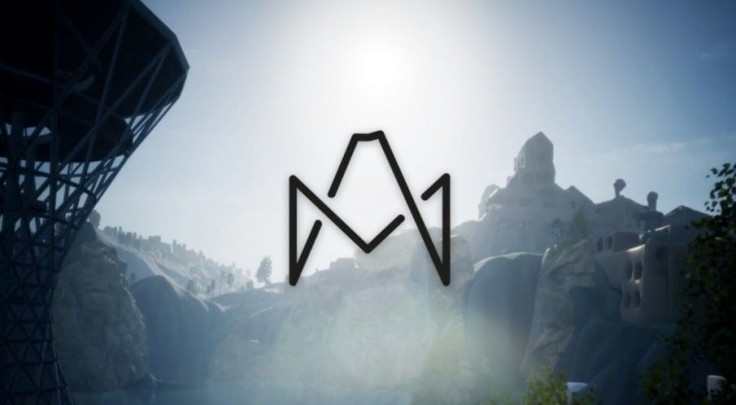How ArtMeta Is Bringing Galleries To The Metaverse

For the average artist or dealer, the physical art gallery is a bedrock of the industry. It is the place where artists can show their works to the world as well as earn an income, and the way that art lovers can enjoy these amazing creations.
Technology has, however, changed the way that we consume art. Thanks to the internet, we can view art from the comfort of our homes and with technology like the blockchain and NFTs, art lovers can own their favorite artists’ work with ease. But where does this leave the beloved art gallery?
Far from becoming obsolete, artists and art galleries are now embracing NFTs, with entire collections being made available only as NFTs. But doing this isn’t a walk in the park. For a gallery to host exhibitions, events, or even just sell pieces as NFTs, there are technological and financial requirements. After all, minting NFTs and creating artwork as 3D pieces to be viewed online will take time, expertise and money.
Thankfully, this is where ArtMeta comes in.
How ArtMeta Works
Perhaps the biggest problem that artists and art galleries face when confronted with the emergence of the metaverse and NFTs is the lack of structural support. Simply put, artists and art galleries might want to create NFTs and digital experiences for their clientele but find it too difficult and expensive to do so.
ArtMeta, a web3-based art platform, is addressing all of these problems by offering art galleries that have presented at Tier 1 art fairs the chance to showcase their works on this platform. How this works is that the galleries sign up to ArtMeta for a fee and have access to a suite of tools for creating digital art experiences.
These include tools for NFT tokenization, transfer of ownership, 3D rendering of art, and archival purposes. This automatically removes the need to have in-house creation tools. The galleries that sign up will also be able to have exhibitions and host events in the ArtMeta metaverse.
Again, this removes the need for creating their own platforms and dealing with the technicalities of managing a metaverse platform. ArtMeta takes a commission on the works that are sold. At the center of all of this is $MART, ArtMeta’s native token.
ArtMeta launched in November 2021 and has already been a hit in the market. Its first IDO was in December 2021 on TrustSwap’s Launchpad and saw an oversubscription of over 1000%, smashing all expectations. Another IDO was held in early 2022 on Polkastarter and that, too, saw an overwhelming reaction, with over 15,000 people signing up for the whitelist.
Clearly, the art world has seen the need for what ArtMeta is offering and there is only more to come. Now, ArtMeta is partnering with several DEXs and CEXs that will go live with the $MART token in Q2 2022.
What ArtMeta Means for the Art World
While we might hear of metaverse exhibitions these days and million-dollar NFT sales, these are typically restricted to the very large galleries that have the resources to invest in the metaverse and NFTs.
The problem is that not every gallery has those resources and while web3 is all about greater equality and control over the webspace, inequality might emerge within the art world because of this disparity in resources and capabilities. This is why the work that ArtMeta is doing is so important because it closes the resource gap and gives art galleries a chance to enter the NFT space, to give their world class artists the best chance for success in the digital realm.
NOTE: This article is a contribution and do not necessarily represent the views of IBTimes.




















